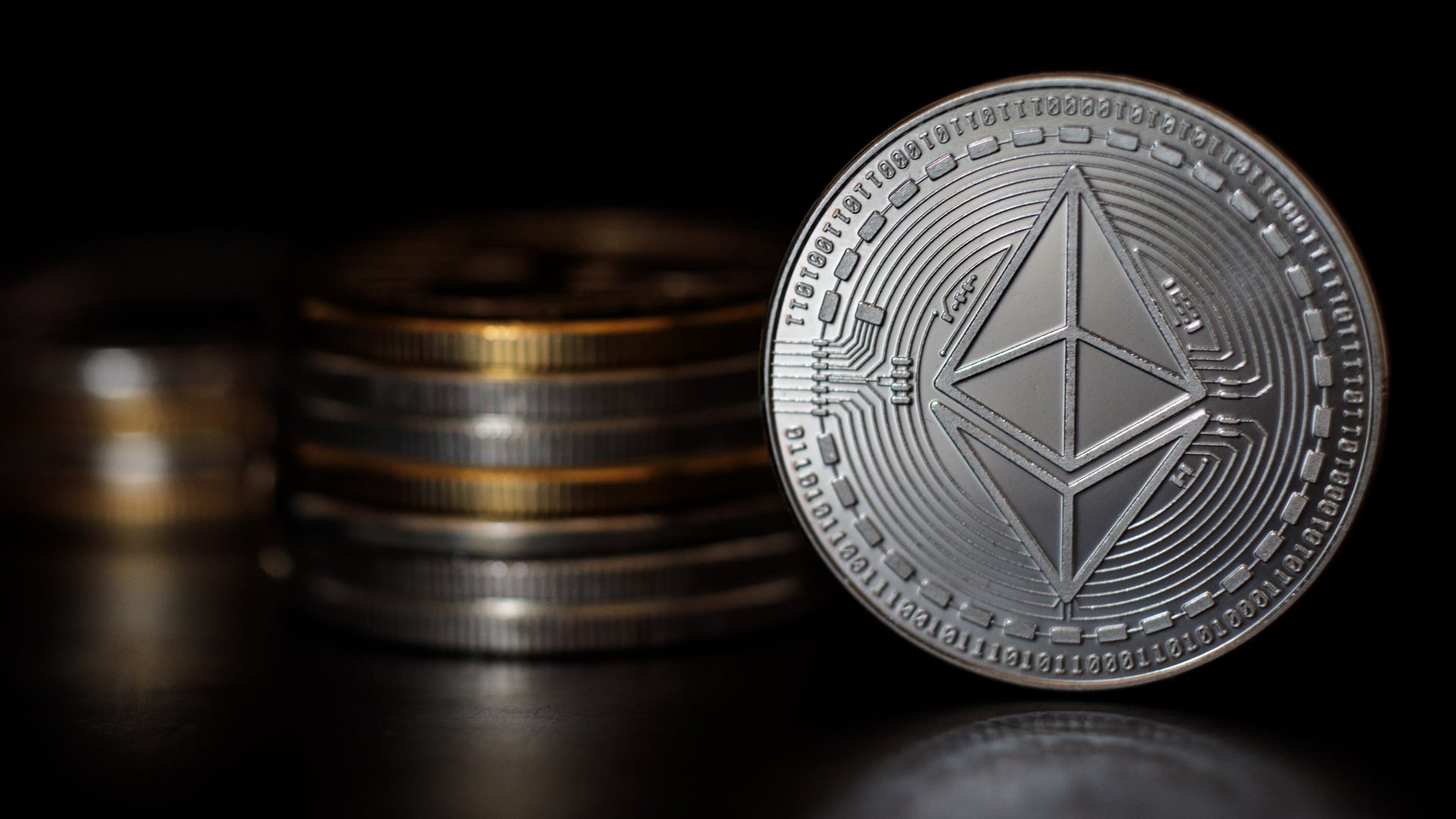**REPORTER'S NOTEBOOK** *By Hope King* The Palm brand seems to be so valuable that people can’t help but resurrect it. The latest incarnation from the 26-year-old computing brand launched Monday in the form of a credit card-sized mobile device. Co-founders Dennis Miloseski and Howard Nuk stopped by last week to show me the product. And while the original Palm devices from the 90s aimed to create a new category of mobile computing, the new Palm aims to create a new category of computing as a fashion accessory. The device is essentially a mini smartphone. The 2- by 3.8-inch Android product has a glass body, 3.3-inch LCD display, rear and front cameras (with face detection), GPS, gyro sensor, and cellular connectivity. But despite its shell and guts, the Palm only works as a phone if you have a Verizon ($VZ) number — syncing calls, notifications, and messages through the carrier’s NumberShare service. The design is undeniably cute and sleek. The user interface is simple, and the *raison d’être* is well thought out. As smartphones get bigger, they become more useful — for gaming, productivity, and media consumption. At the same time, big screens can become a constant reminder that work or distraction is just a swipe away. And despite smartphone companies trying to shrink the physical size of phones, giving us more screen space, a hunk of glass and metal doesn’t quite fit in pockets, small purses, or workout armbands. I know. Cringe. These are first-world problems. But the Palm tries to solve them. The small screen limits the ability (or at least desire) to do a lot of work or scroll through a lot of YouTube and Instagram feeds. The smaller physical size also means it’s not as much of a pain to stow and carry. I was definitely impressed with the design and would be interested in getting one if I were on Verizon’s network. The Palm costs $349, or $299 with a 2-year contract with Verizon. Using Verizon’s NumberShare costs $10 a month to enable data sharing. (An Apple ($AAPL) Watch with cellular starts at $499.) The Palm goes on sale in November.












